由于新冠肺炎大流行的持续影响,印度2021年上半年的电力需求仅比2019年上半年的水平增长了3%。根据来自伦敦的研究机构Ember的一份新报告,在亚洲地区的发展中国家里,印度是大流行期间电力需求增幅最低的国家之一。 太阳能和风能满足了印度72%的电力需求增长,不过燃煤发电量也增加了4%,从而填补剩余的需求缺口,并抵消了水力发电量的下降,最终结果是几乎恢复到2018年的峰值水平。 这些数据为印度勾勒出一幅胜过其他亚洲国家的图景,因为在满足今年前六个月不断增长的电力需求方面,众多亚洲国家来自煤炭和其他化石燃料来源的比例要大得多。
例如,中国的电力需求相比2019年上半年增加了14%,但用风能和太阳能满足这一需求增长的比例仅有29%,主力依然是煤电,大约占到68%。从2019年上半年到今年上半年的区间内,中国电力部门的二氧化碳排放量增加了14%。
与此同时,孟加拉国几乎完全依靠化石燃料来满足电力需求增长。除孟加拉国外,巴基斯坦是在电力需求增加的情况下,风力和太阳能发电没有增加的唯二的亚洲国家。
而印度的煤炭发电量仅增加了4%,不过随之而来的二氧化碳排放量增加使之成为“灰色复苏国家”。这是指一国的电力需求显著增长,并由风能和太阳能来满足,但也由通过增加煤炭发电作为补充,从而导致电力部门的二氧化碳排放量增加。
Ember报告显示,大多数亚洲国家——蒙古、中国、孟加拉国、越南、哈萨克斯坦、巴基斯坦和印度,都符合“灰色复苏”的定义。
作者:UMA GUPTA
This content is protected by copyright and may not be reused. If you want to cooperate with us and would like to reuse some of our content, please contact: editors@pv-magazine.com.
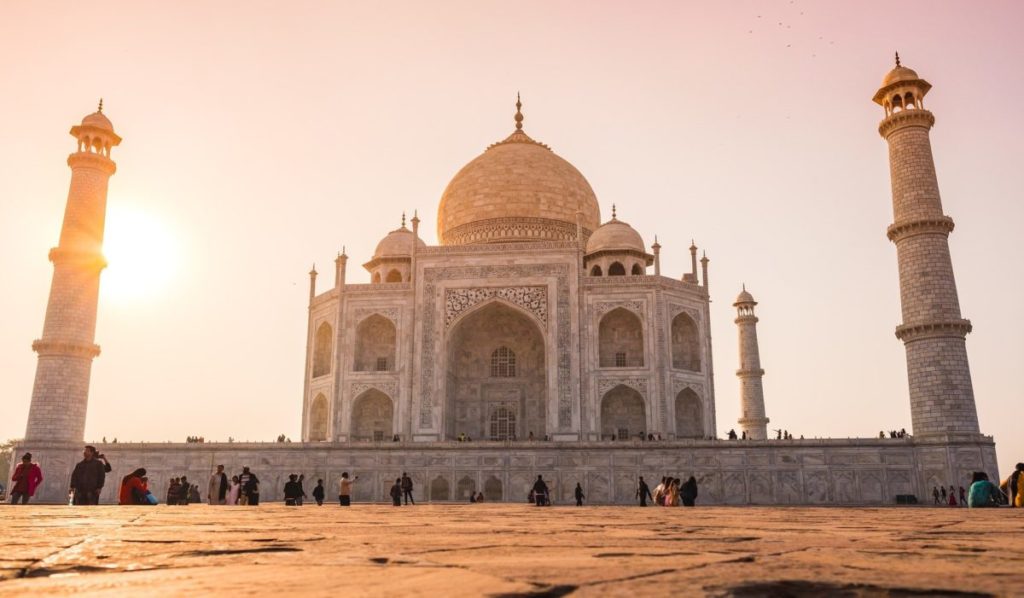
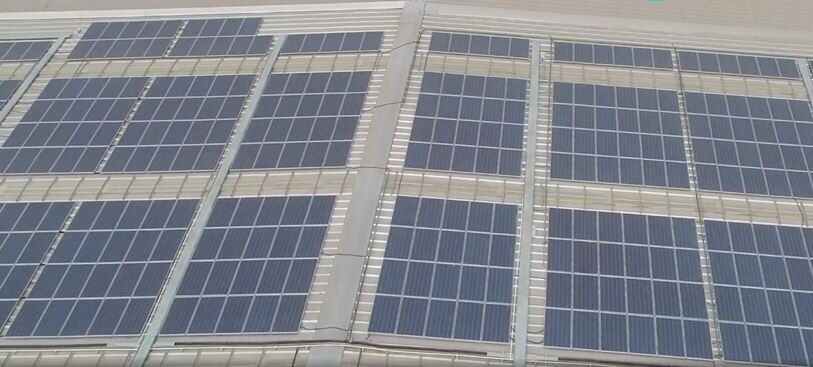

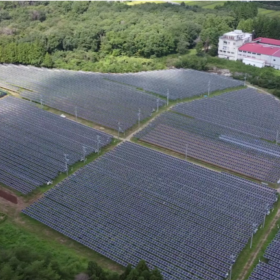
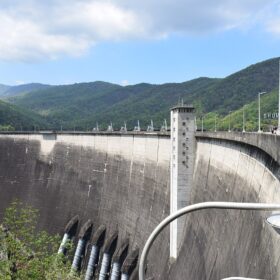
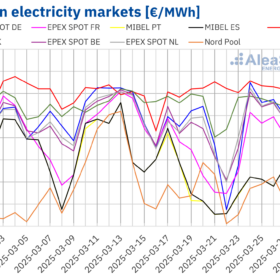

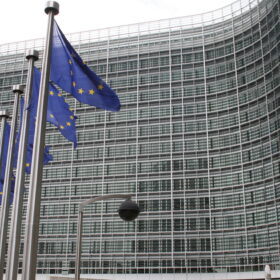
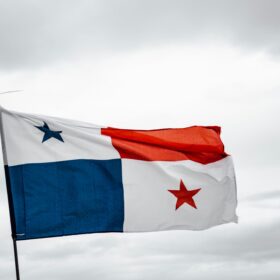


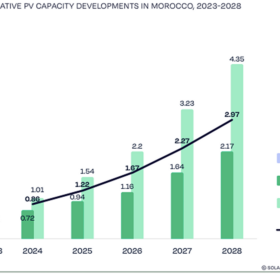

By submitting this form you agree to pv magazine using your data for the purposes of publishing your comment.
Your personal data will only be disclosed or otherwise transmitted to third parties for the purposes of spam filtering or if this is necessary for technical maintenance of the website. Any other transfer to third parties will not take place unless this is justified on the basis of applicable data protection regulations or if pv magazine is legally obliged to do so.
You may revoke this consent at any time with effect for the future, in which case your personal data will be deleted immediately. Otherwise, your data will be deleted if pv magazine has processed your request or the purpose of data storage is fulfilled.
Further information on data privacy can be found in our Data Protection Policy.